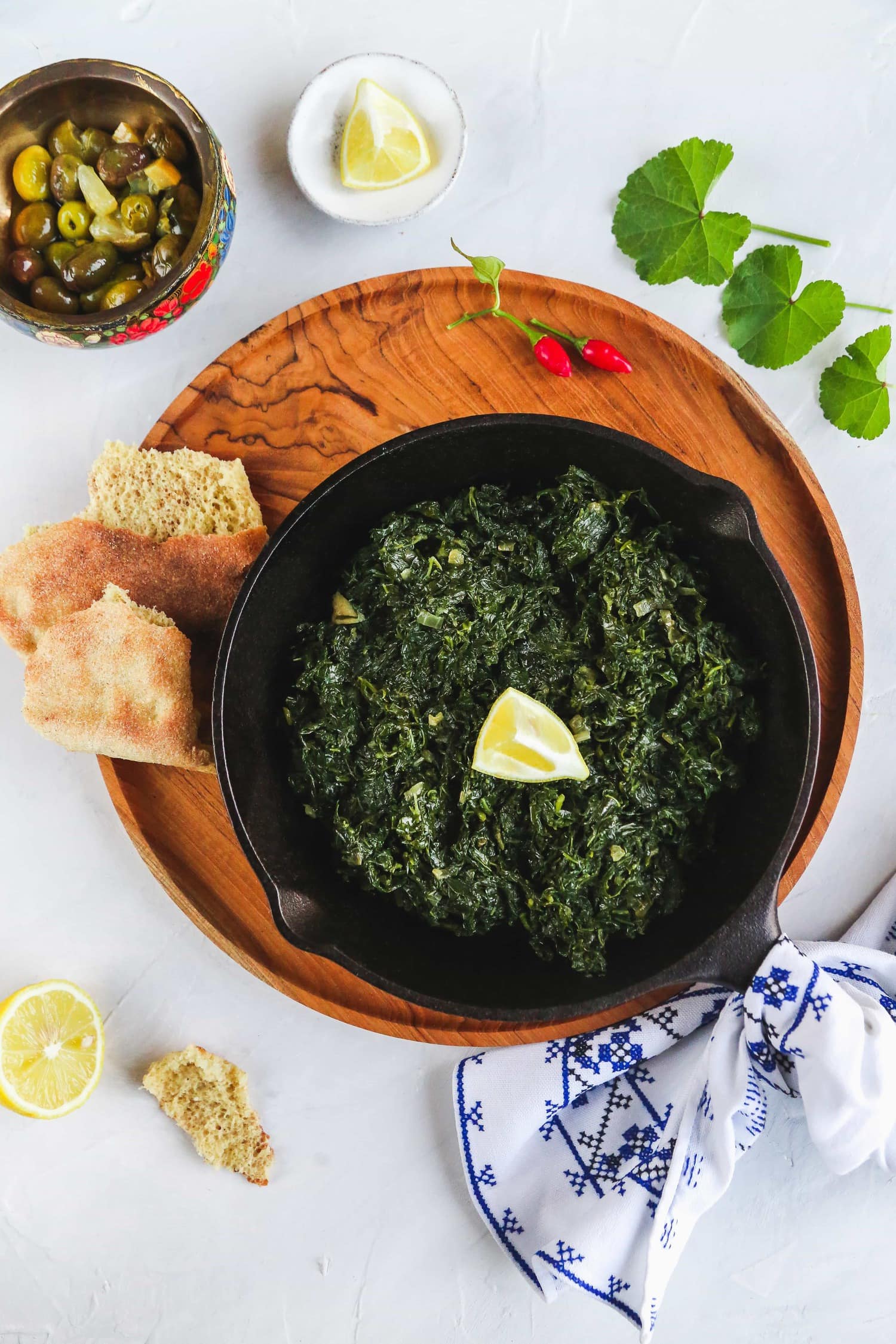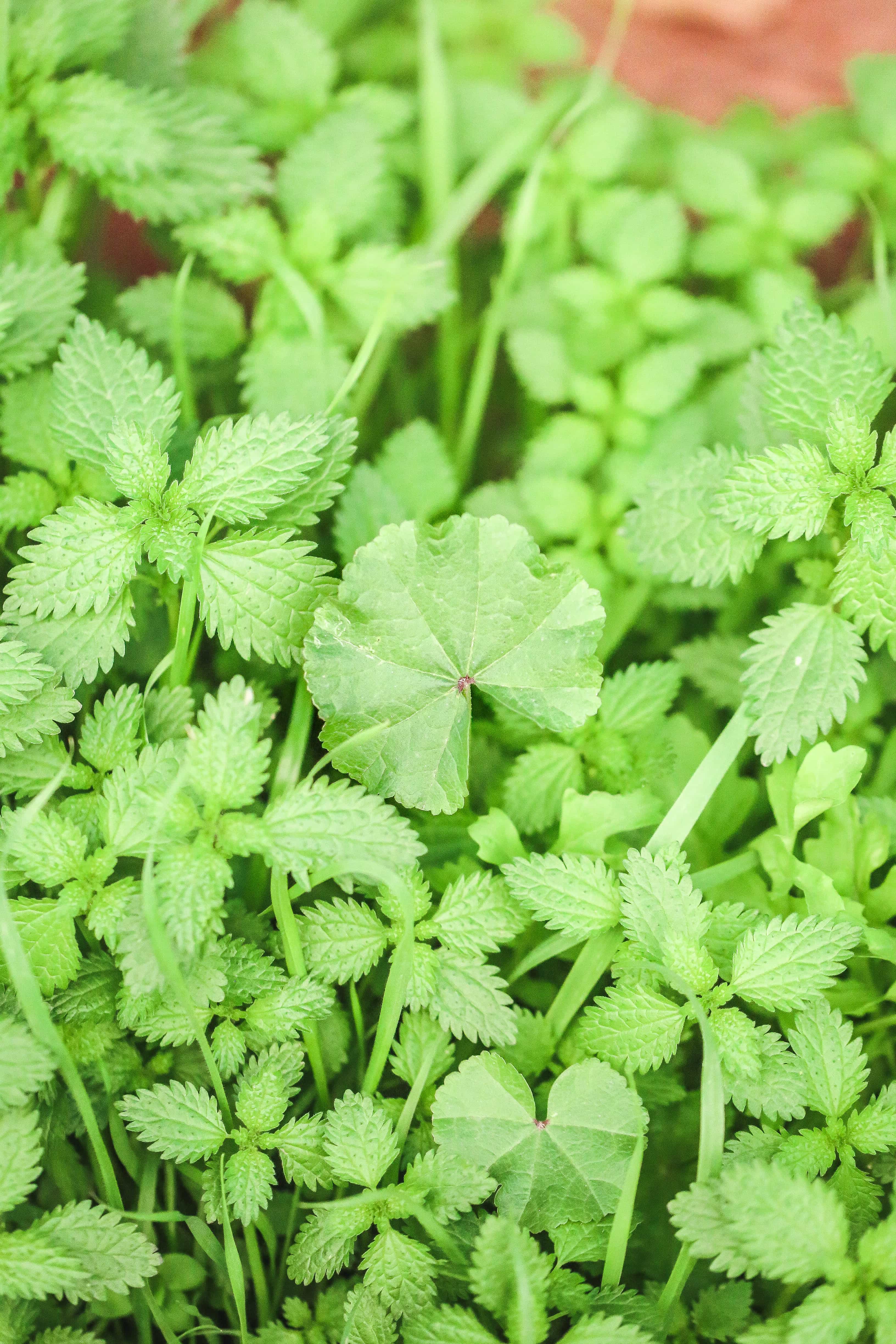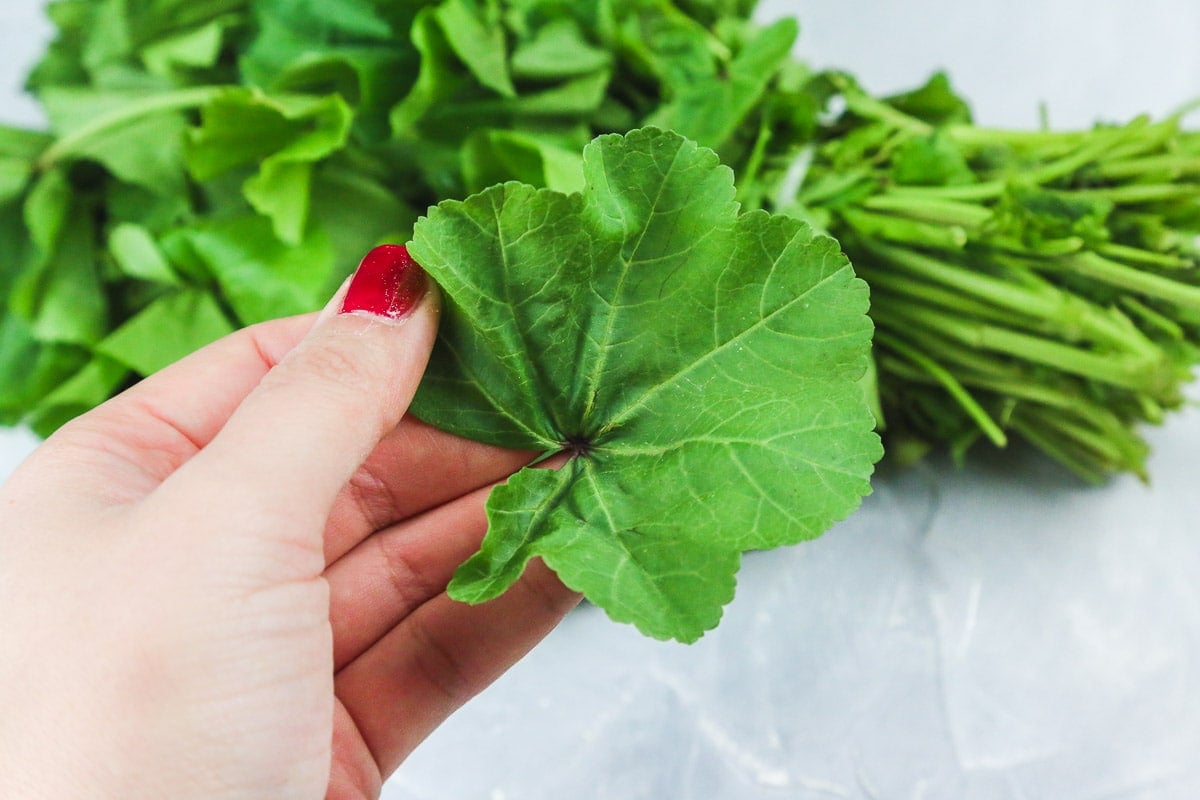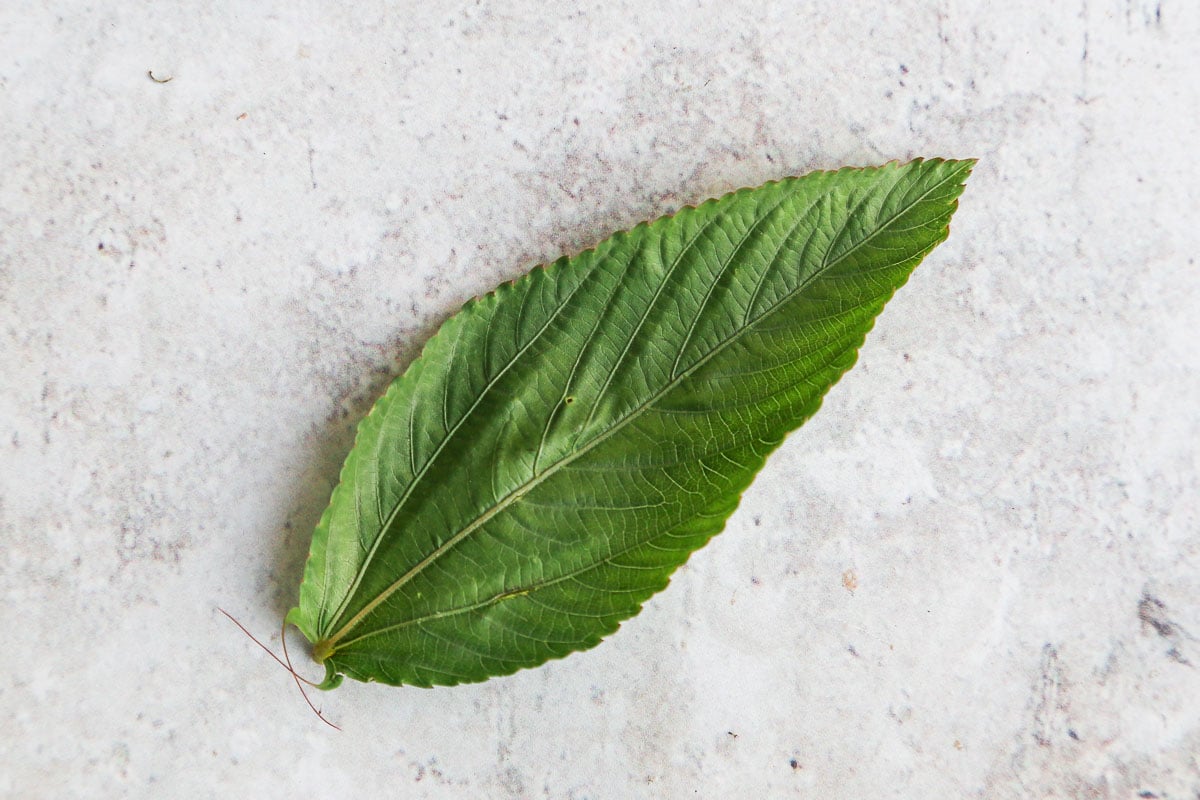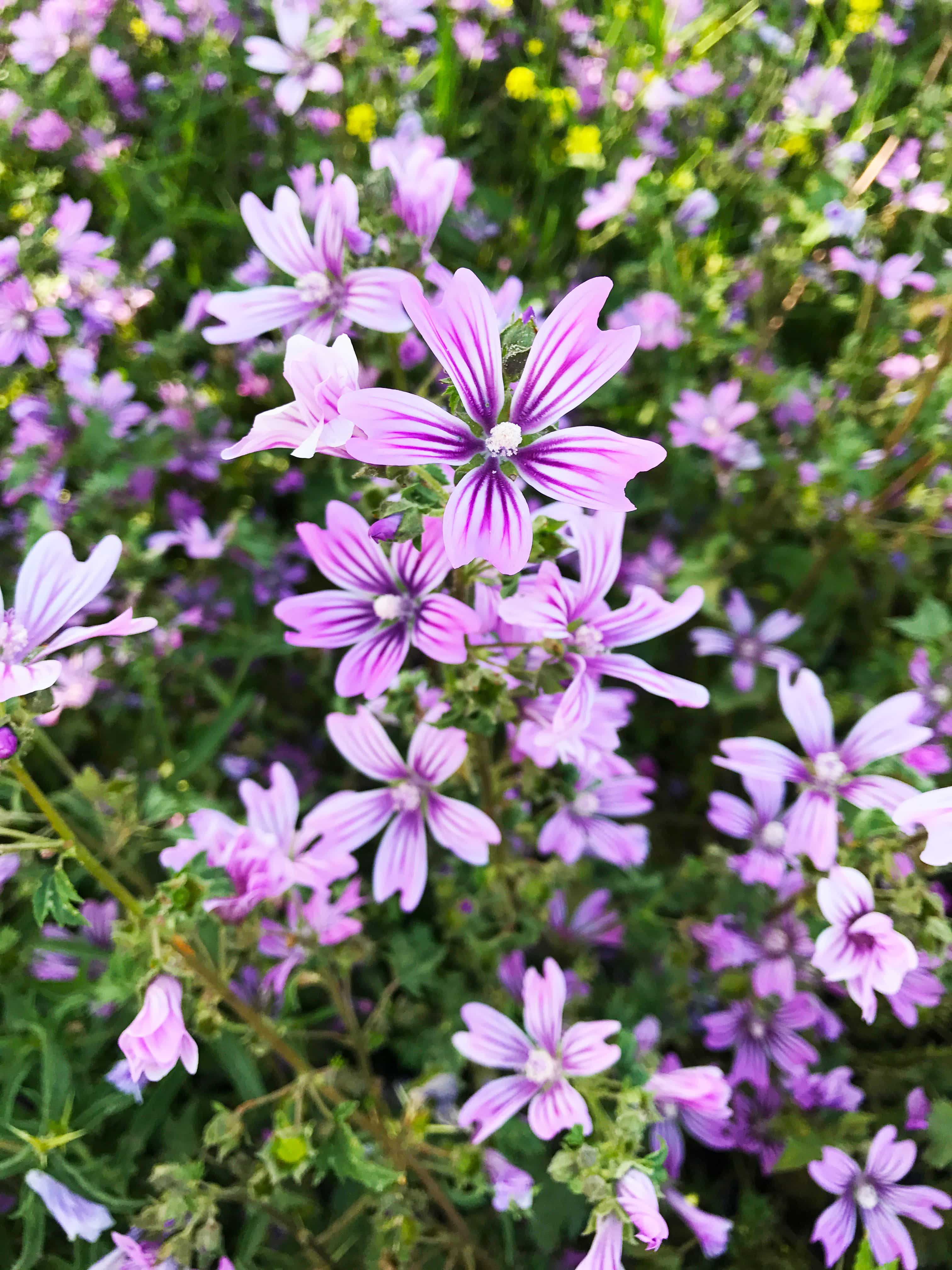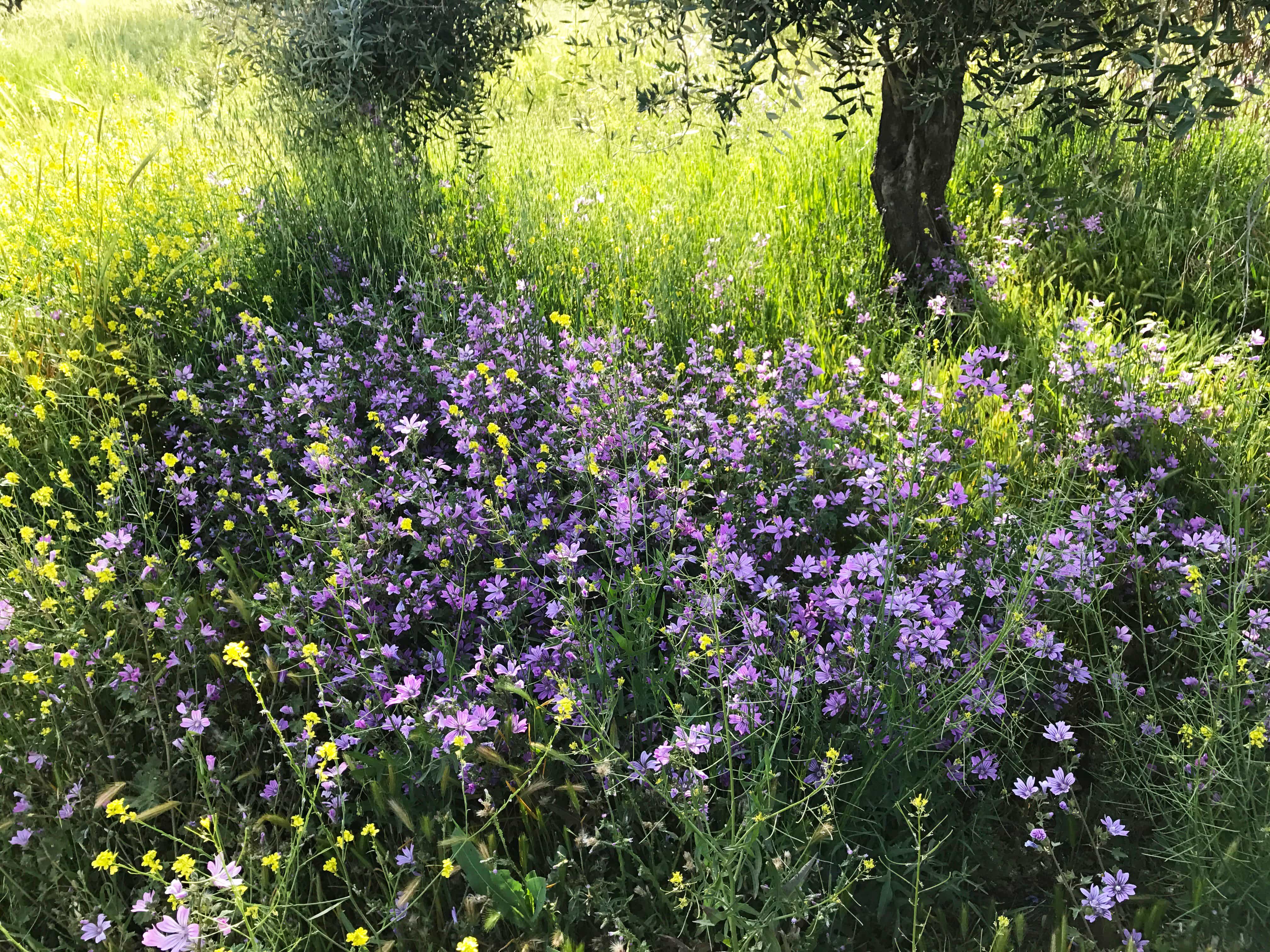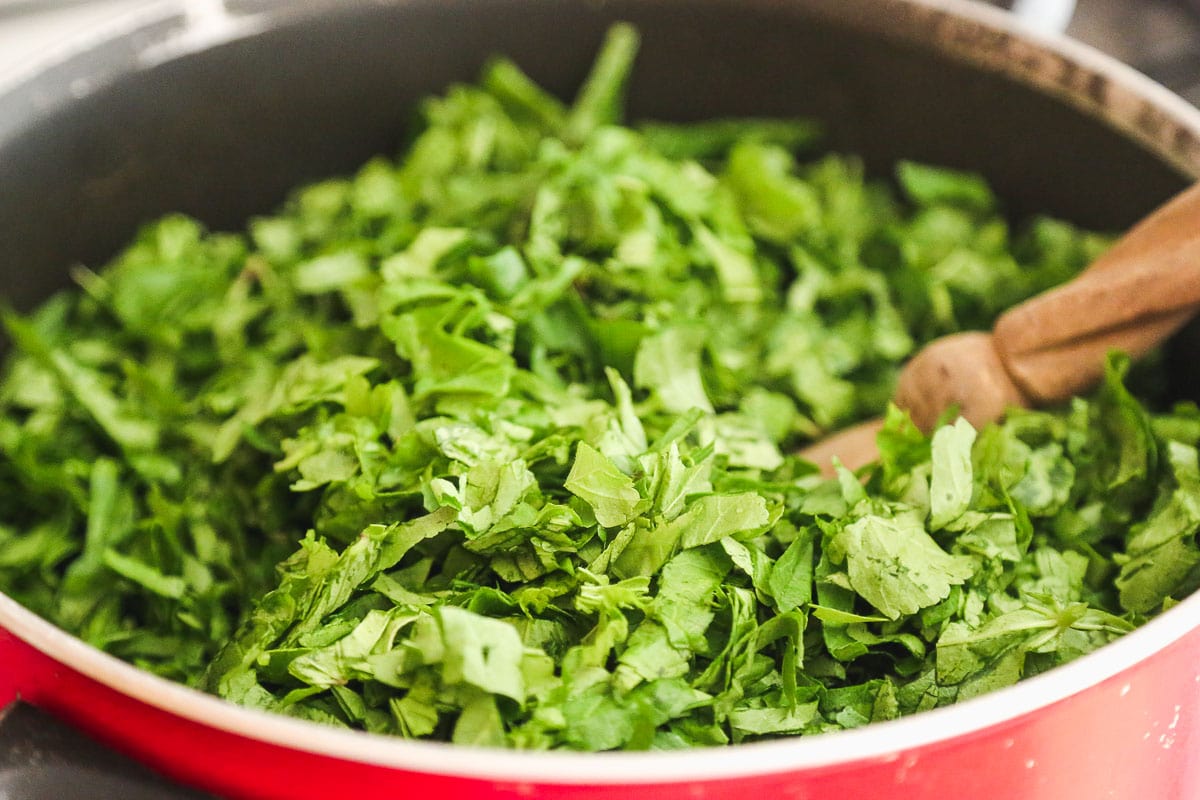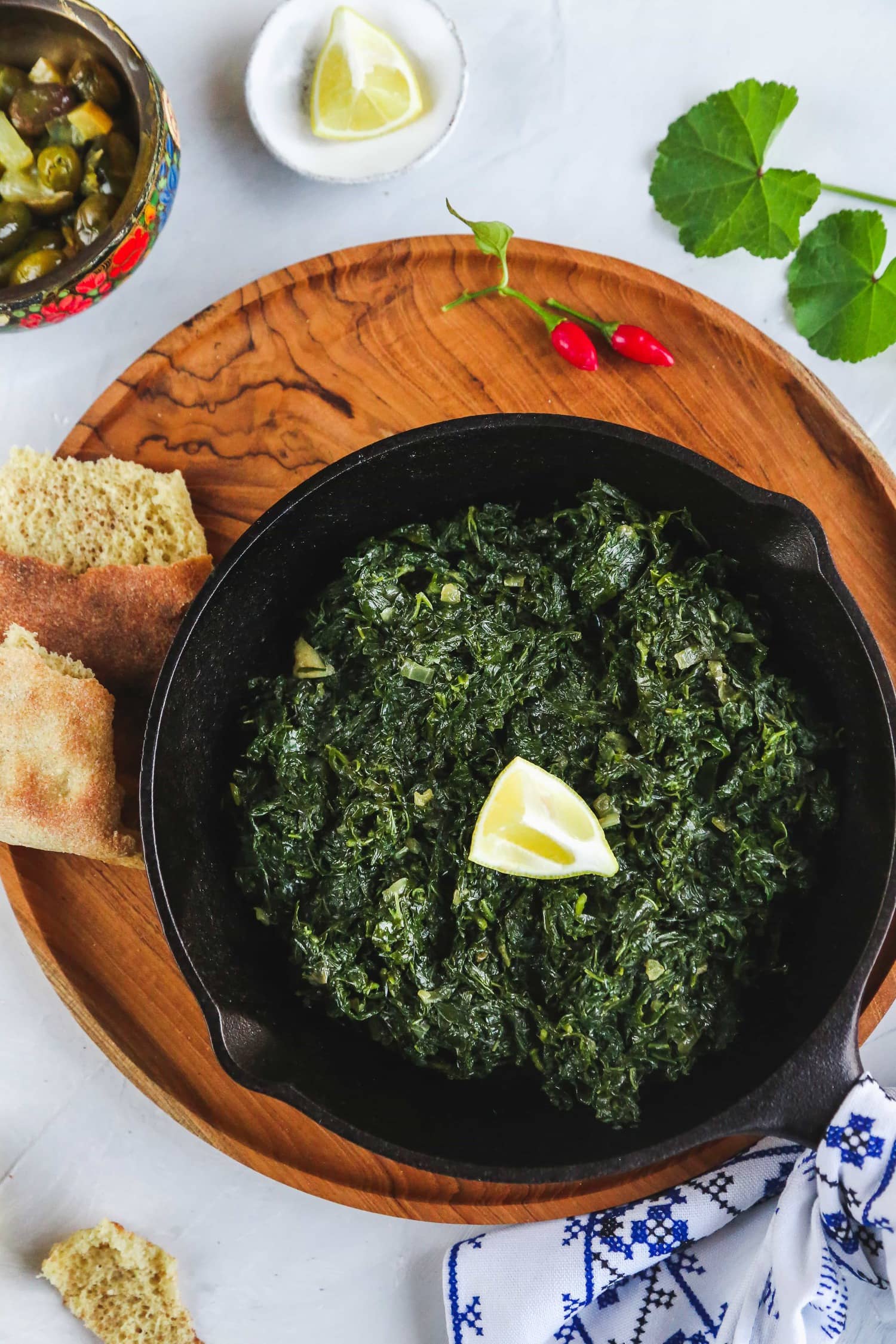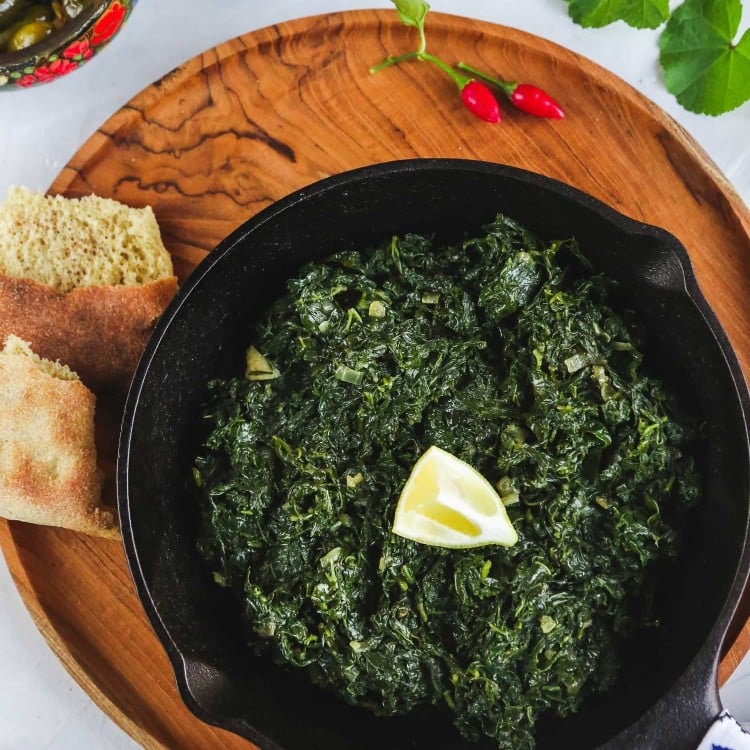At this time of the year, Jordan is abundant with mallow leaves. If you love foraging as much as I do, you will adore mallows! In Jordan, it’s common to see individuals in fields or pulling over to the roadside to gather some Khobeizeh or mallow leaves for a hearty lunch. Growing up in Jordan, I have fond memories of collecting mallows and enjoying the fruit with neighborhood friends. My mom often incorporated the flowers into salads. This plant holds a special place not just in Jordan but also in Palestine, where, to the best of my knowledge, it is cooked in a similar manner. Mallow plants also thrive in different parts of the world, including California, several regions in Europe, and Australia.
What is Khobeizeh
Khobeizeh translates to mallows in Arabic. These or malva leaves are typically harvested in January and February or during spring, depending on the regional climate. Their availability is limited to this brief period, which is when we gather them to cook immediately or store (in the freezer) for later enjoyment in the year.
Malva Leaves
It’s common for people to mistake mallow or malva leaves for jute mallow leaves; however, these are two entirely different plants. Jute leaves, which are used to make Molokhia, are cultivated and harvested during the summer, while mallow plants grow wild and are collected in early spring. To help you spot the difference, I’ve included two close-up pictures of the leaves in this post.
Malva/Mallow Flowers
Pick mallow leaves when they are young; as they age, they become tough and are no longer good to eat. In spring, the blooming mallow flowers create a beautiful sight, resembling pink carpets covering the green fields. I’ve shared a few photos of the blooming mallows in Jordan to assist you in identifying this plant more easily.
How to Cook Mallows
To prepare mallows, begin by detaching the leaves from the stems and washing them thoroughly. Typically, we immerse the leaves in water with a touch of salt as we remove them from the stems. Afterward, rinse under running water and let them drain well. Place the leaves in a large pot with a bit of oil and water. Stir occasionally with a wooden spoon over medium heat. As they cook, the leaves will wilt and significantly reduce in size. Simultaneously, sauté the onion until it becomes soft and translucent, mixing it in at the end when the mallow leaves have wilted and are ready to serve. You can also sauté the onion first and then add the mallow leaves to cook. Personally, I prefer to sauté the onions separately to avoid overcooking them. Serve with vermicelli rice on the side, or simply with fresh pita bread. For more wonderful Middle Eastern appetizers, also check out:
Tabbouleh Baba Ganoush Hummus Batata Harra
I hope you try this recipe at home. It’s a simple, yet hearty dish that brings a piece of Jordanian culture right to your table. After you’ve given it a go, I’d love to hear what you think. Feel free to leave a review or share any tips you might have picked up during the process. Your input can be a big help to others who are trying it out too. Enjoy! © Little Sunny Kitchen
